The truth about rewilding, by seven of Britain's most influential farmers, landowners and conservationists
Although the term 'rewilding' is contentious, most agree that our countryside could be better managed for wildlife. Yet what should we actually be doing to improve it?

'The idea that we can carry on what we’ve been doing for the past couple of centuries, which is the war against Nature, is over,’ declares Prof Sir Dieter Helm, professor of economic policy at the University of Oxford, who believes that the damage wreaked can be reversed if we all play a part in the rejuvenation of the natural world.
Taking issue with the term ‘wilding’, however, he states: ‘Going back to the wild, or just going wild, suggests that there’s a separation between us and Nature, but we’re a part of it and nothing in Nature is now non-human, and so I prefer the old-fashioned idea of conservation management.
‘If everyone did No Mow May, allowed wildflowers to grow and got rid of pesticides on their own patches,’ he adds, ‘that would increase the habitat for insects and invertebrates, which is crucial for the biodiversity web, and it would make a huge difference. These small efforts are so important, yet they are active conservation management, not abandonment. Let’s all have a national effort to do something positive to take things forward.’
However, there are hurdles, says Prof Helm, not least our general lack of mindfulness: ‘A population with preoccupations doesn’t see any consequence if there are no swallows, for example, and if such things disappear.’
Isabella Tree, who oversees rewilding at Knepp Castle in West Sussex, is of the opinion that it is the size of the looming natural apocalypse that can make it appear insurmountable. ‘Sometimes, the dread and the doom of facing [this] is: what can one individual do? But you can make a difference.’
[LISTEN NOW: Isabella Tree on the Country Life Podcast]
One individual who’s been making a difference for many years in terms of ‘wilding’ is The King, not least at Sandringham in Norfolk, where the conversion to an organic system was kickstarted six years ago. In 2021, he told Country Life: ‘The removal of all insecticides and other inorganic sprays will play a major role in increasing beneficial insect pollinator numbers. With more invertebrates, of course, the whole food chain benefits — more food for the birds, which, in turn, means more food for the mammals and so on.
Sign up for the Country Life Newsletter
Exquisite houses, the beauty of Nature, and how to get the most from your life, straight to your inbox.
‘However, this is only part of the story,’ he added. ‘We need to ensure that the land use is not only focused on food production, but that full consideration is given to providing habitats for wildlife. Across the estate, we place a value on ecological delivery. This means, in practice, the implementation of measures such as the avoidance of block cropping and the provision of trees, hedgerows, wildlife corridors, bird boxes and field margins, which involves careful planning, monitoring and mapping.’
With the Oxford English Dictionary’s explanation of wilding (‘of an animal or plant: to be or become wild; to run wild, grow wild’) in mind, it is obvious that there is no need to have an estate the size of Sandringham or Knepp to take meaningful action, as journalist and activist George Monbiot has pointed out. He would like to see small-scale ‘rewilding’ models tried, which, in this context, can be construed as ‘wilding’.
‘Even on smaller pieces of land there’s some potential,’ he explained. ‘What I’d particularly like to see is people getting together to join their gardens up to create wildlife corridors, because the biggest problem that a lot of species face is habitat fragmentation. Gardens are generally very small, but if you get together with your neighbours and the people all along your street, then you could really make a contribution.’
Myriad projects in wild pockets and corners of Britain continue to gather pace, the work of volunteers, householders, farmers and estate owners who collectively can’t bear the thought of no one doing anything and what that could mean for the future. Below are the thoughts, ideas and actions of some of them.
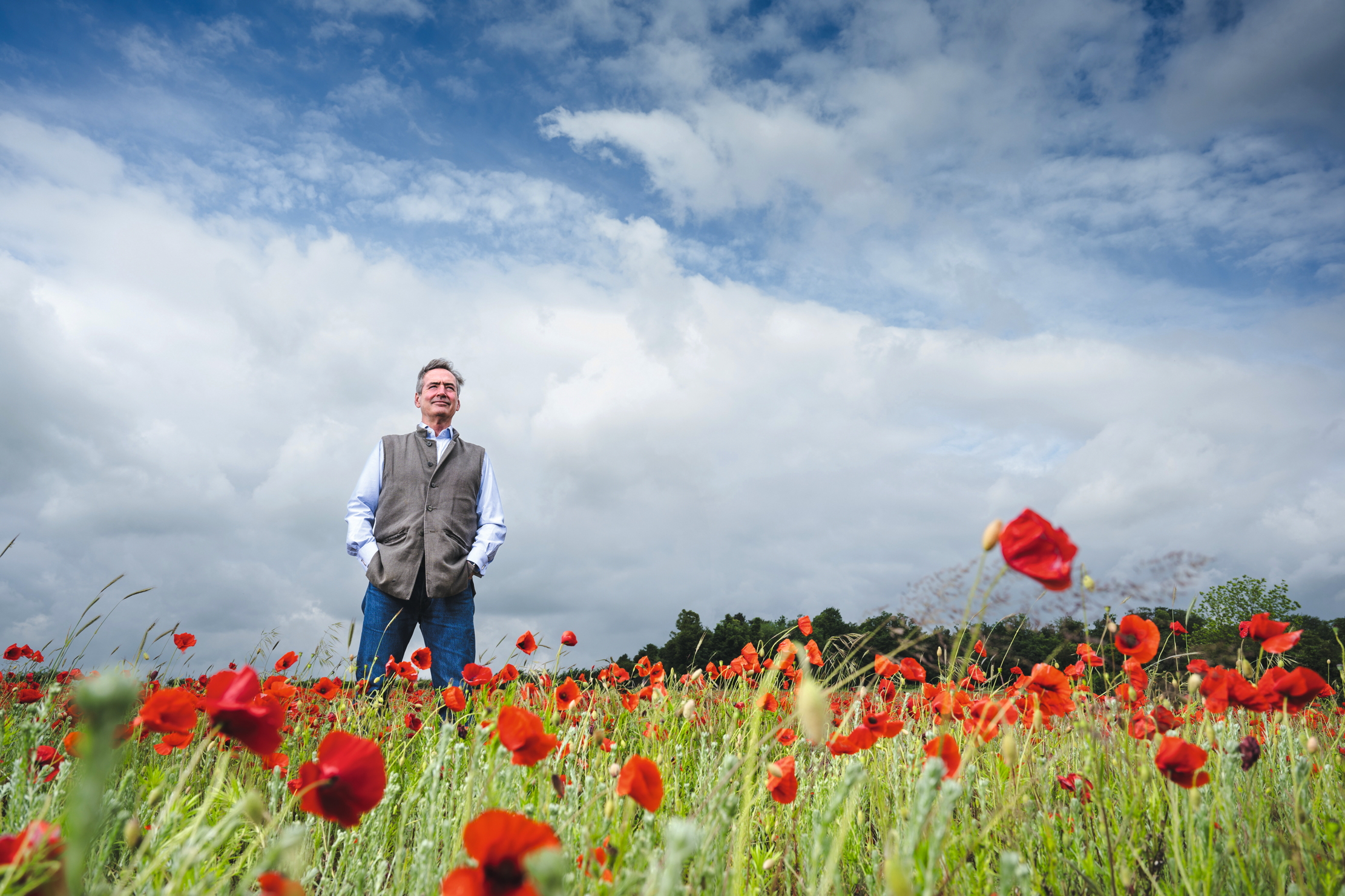
Nick Zoll, Norfolk
Wilding credentials: Runs shooting and fishing lodges worldwide; founder of the Burnham Thorpe Syndicate that manages a beat on the Holkham estate; founding member and former trustee of the Norfolk Rivers Trust
I’ve spent 50 years immersed in country lore and understanding such things as when a partridge is starting to ‘sit’ her eggs or whether there’s going to be a decent hatch of mayfly on the river that day. River restoration has played a big part in my life, as has conservation of the grey partridge, the ‘canary in the coal mine’ and a true arbiter of the health of the English countryside.
The decline in its numbers is well documented and, 99.9% of the time, that is due to the farmland the birds inhabit being farmed intensively. In 2010, I was offered a 2,000-acre tenanted shoot on the Holkham estate. I said ‘yes’ without hesitation and enhancing the grey-partridge population there became my passion.
I manage the shoot for the Burnham Thorpe Syndicate, on land that is farmed conventionally by tenant farmers and the landowner, all of whom have long-standing stewardship agreements. We augment their efforts by adding additional environmental features, offering insect-rich habitat in the spring and adult partridge cover in the winter. In the autumn, when much of the ground is ploughed, these plots bear seed, and the clouds of goldfinches, greenfinches and linnet that benefit have to be seen to be believed: the sky goes black with them.
A key to success, and my advice to others in a similar situation, involves building strong relationships with farmers, because their involvement is vital. For example, grass fallows previously disc harrowed in the autumn are now disced in the spring, providing winter habitat for a host of species, nesting areas for stone curlew and lapwing in spring and fast regrowth from February.
Our habitat enhancements are achieved despite the land not being ours to improve as we’d like, but we’ve still made headway. When we arrived, there were about 60 pairs of grey partridge. In 2018, the shoot won silver in the Purdey Awards for Game and Conservation with an autumn count of more than 1,000 greys. However, we sometimes go years without pulling the trigger. In 14 seasons, we’ve shot a full grey-partridge day six times.
It’s a labour of love. The balance between regenerative agriculture and food production is still a conundrum to ponder in the UK. Shooting likewise must demonstrate its conservation credentials. The rewards of hearing skylarks or turtle doves during the spring are equally as valid as the score on the game card.
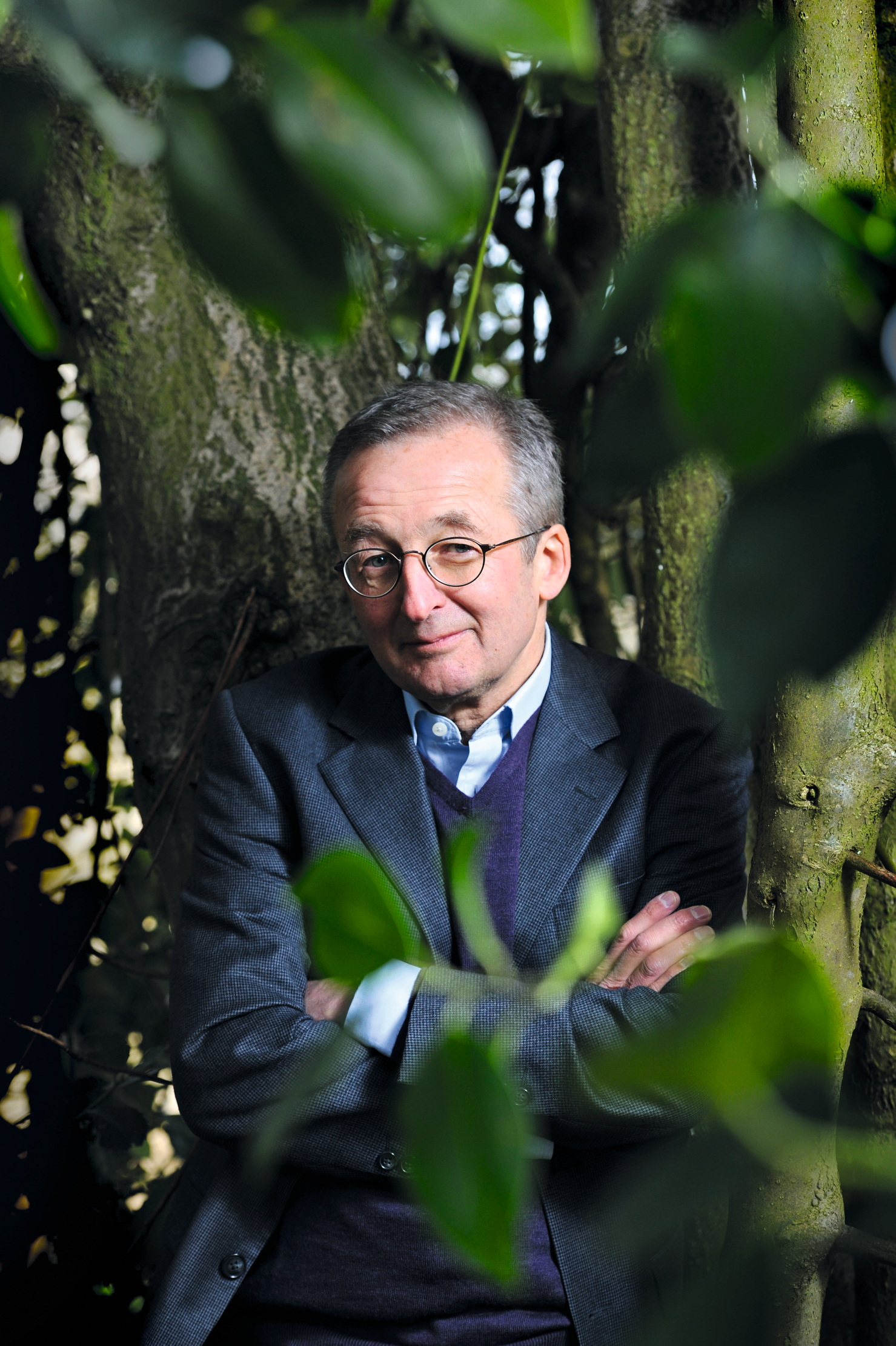
Prof Sir Dieter Helm, Oxford
Wilding credentials: Professor of economic policy at the University of Oxford and Fellow in economics at New College, Oxford; former independent chair of the Natural Capital Committee; vice president of the Exmoor Society and vice president of Berkshire, Buckinghamshire and Oxfordshire Wildlife Trust
People get excited when it comes to ‘rewilding’ and they say, ‘let’s have the lynx and wolves back’. I understand their excitement, but these are at the top of the food chain. We should start by reconstructing Nature from the soil up and rebuild that way. Years ago, I did an interview with the Financial Times and was asked what my motto was. I said: ‘Tread very lightly.’
Each of us needs to make sure that we try to reduce the damage to the environment and make a contribution. If you ripped up your concrete drive and planted wildflowers in its place, it would be beautiful and help flood reduction. Additionally, why not join a wildlife trust or a nature reserve and assist with projects, together with children or grandchildren, who, because of health-and-safety restrictions, rarely leave the classroom? Where are all the school trips? Aged 15, I visited the Lake District and camped overnight. Decades later, I go back and remember how wonderful it was.
I view with hostility the idea of the wild being detached from us, as opposed to active conservation management with people at the core and, particularly, children engaged. In farming, pesticide use is beginning to go down as farmers turn to technology to reduce the degree of damage. It’s important that we’re not technophobic. Farming has to use natural capital and go with the grain of the environment to produce food or it will fail.
I’ve happy childhood memories of my grandfather’s small farm on the Essex marshes, where you couldn’t walk across the fields without treading on lapwing eggs. There was such a sense of abundance. Later, the farm was sold and I witnessed its transformation into a single field, its hedges and trees dynamited out of existence as it became an ‘efficient’ farm of its time. It was a disaster. I was deeply sorrowful at the loss of those valuable natural things and it has informed my work to this day.
'I have "Noah complex" and intend to repopulate the estate (my "ark") with many species
Jamie Blackett, Dumfries and Galloway
Wilding credentials: Farmer, writer and politician
I’m the sixth generation of my family to farm at Arbigland, which had historically been a dairy operation, but, by the time I took over, was entirely arable. A lot of biodiversity and soil life had consequently been lost and I’ve spent the past 24 years putting it back, as well as returning livestock in the form of Jersey/Friesian crosses.
I have ‘Noah complex’ and intend to repopulate the estate (my ‘ark’) with as many species as I can before I hand it on to the next generation in a decade or so. Every part of the estate has a job to do, either maximising food production, albeit as regeneratively as possible for wildlife, or providing habitat.
For example, we’re currently constructing a tower for ospreys and are getting our woodlands in shape for nesting birds; we’ve planted several acres of orchard, in part for woodpeckers and bullfinches. Anyone with land can do the same and creating a mosaic of different habitats helps with wilding, because many species like living on the edge, where one habitat leads into another. Equally, we live in a desiccated landscape and, with so many species relying on water, the creation of ponds and wader scrapes is important. These have encouraged lapwing to nest on the estate again.
We have a predator imbalance in the UK due to the protection of badgers and other species. Other protections, such as that of mountain hares, will now cause a tick problem in many birds, including waders. At Arbigland, we deal harshly with the likes of foxes, crows and magpies. If we didn’t, we would have very few ground-nesting birds. This is one area where active conservation can work better than purist wilding, although there are times when standing back and allowing Nature to do its thing is the best course of action.
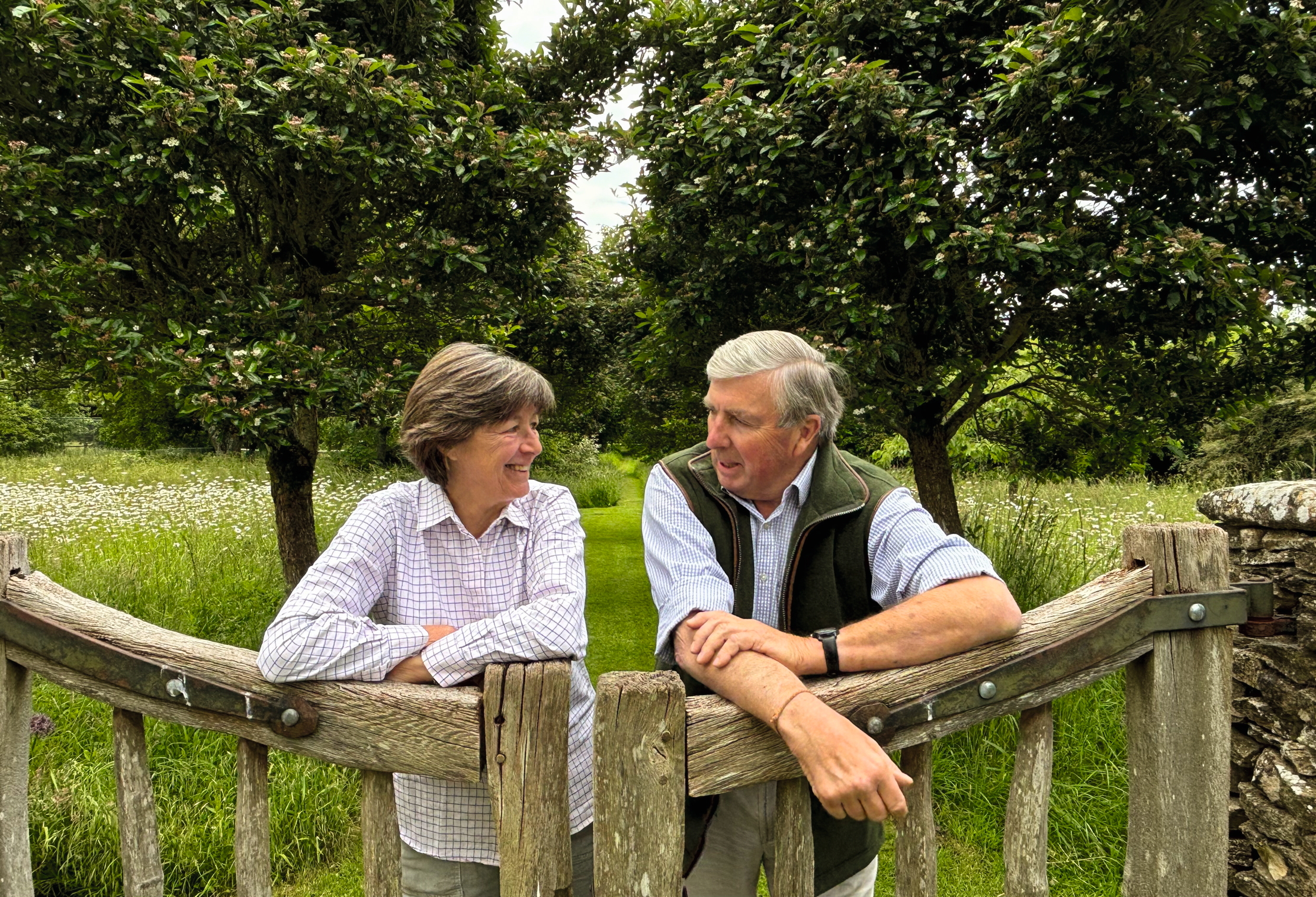
Charles Mann, Cotswolds
Wilding credentials: Runs Oxleaze Farm in Gloucestershire — with his wife, Chipps, and their family — using wildlife-friendly, regenerative and organic methods
After a spell away, I returned to Oxleaze Farm — where I was born — in 1978 with my wife, Chipps. We ran a conventional mixed farm of arable, cattle, sheep and pigs for years, but converted to organic in 2005. Today, with a herd of pure-bred, pasture-fed Aberdeen Angus cattle, bees, free-range hens and a diversification into wildflower walks and sustainable weddings, we enjoy and embrace what we do.
With our ‘wild-farming’ approach, our farm has come alive again. One hardly dares to put down a foot in the 35 acres of wildflower meadow for fear of squashing invertebrates. We really regret, however, not commissioning a wildlife baseline survey, as it has been hard to quantify our progress, and I would recommend this to anyone thinking of farming less intensively.
It’s also important to remain patient for Nature to realign itself and it does take management. The first product of our fledgling wildflower meadow was ragwort. A group of five students spent a fortnight pulling it out. After four years, that had reduced to two students for a couple of days. We leave a little as the food source for the cinnabar moth.
Our soil is rock-hard Cotswold brash and that is perfect for wildflowers, yet for those planting on a fertile soil, they are likely to end up with nettles, thistles and docks. Poor soil should be used to help wildlife and good soil to grow food. Four years ago, we won the GWCT’s Cots-wold Grey Partridge Trophy for a grass/arable rotation, which the partridges love because it provides insects for the chicks to eat.
Too many red kites come here, but so do linnets, whitethroats and lesser whitethroats, yellowhammers and all sorts of LBJs [small brown birds]. The other day, in bright sunlight, eight short-eared owls lifted off the ground in unison, providing a memorable sight. In the past, we received advice from Neil Harris, a wonderful Natural England adviser, who pointed out that, by planting wildflowers in rough corners, you build the bottom line of the food chain and, eventually, you get a great heaving mass of Nature. Getting to this point has been a huge learning curve, but so rewarding.

Hallam Mills, Hampshire
Wilding credentials: Owns and runs the Bisterne estate; director of the Environmental Farmers Group
In 1979, when seated around a polished table surrounded by lawyers, my uncle, Maj John Mills, asked me if I wished to take on the Bisterne estate. I was 28 and working in industry, but I said ‘yes’, albeit with my fingers crossed behind my back. Although I visited frequently, I didn’t know anything about estate management.
Since 2000, when my uncle had a stroke, I’ve been doing exactly that, running a herd of 600-plus dairy cows in a contract farming agreement, as well as arable lands, ancient woodlands and residential and commercial properties, plus assessing and enhancing the varied habitats for biodiversity alongside wildlife manager Rupert Brewer, who is key to our successes.
My advice for environmental enhancement is to know your habitats, measure them, collect evidence and pick your winning species. Then work on your conservation programmes, sensing in which direction you’d like them naturally to point and make room for Nature to work on your land. If you do all of this, you will get biodiversity.
In terms of a ‘winner’ at Bisterne, we chose the lapwing. Our SSSI water meadows, which boast wonderful wader-friendly habitat, form part of the flood plains of the River Avon, one of the most valued chalkstreams in the world. We manage predators, as well as the grass (lapwings won’t nest when it’s long), and we create ‘scrapes’ with a blade on a tractor, pulling out 6in of topsoil, which, in the spring, provides tiny pools in which the chicks can access water and insects.
As a result of our actions, the sky above is full of lapwings, as well as redshanks. It’s a very moving sight. The Lower Avon Farmer Cluster has been instrumental in joining up the thinking on lapwings all along the valley. We work together and a recent initiative has involved our own water testing, which has improved our understanding of the river and its issues and our ability to fix them. We own the subject. The future hope, via the Environmental Farmers Group, is to work together on a national scale. Pockets of greatness are absolutely useless to Nature.
'Let's become more tolerant and messy'
Isabella Tree, West Sussex
Wilding credentials: Oversees rewilding and eco tourism at Knepp; award-winning writer and conservationist
I belong to a generation that, for anyone lucky enough to live in the countryside, could grow up rather feral. I would head out on my Chopper bike, meet up with friends and make dens, hang out by badger setts and build fires. I met my husband, Charlie [Burrell], when I was 18. We were in our early twenties when he inherited the 3,500-acre Knepp estate from his grandparents. It had been intensively farmed on terrible land and Charlie followed suit for 17 years.
However, eventually, faced with huge losses, he made the radical decision to give up farming. I hadn’t been involved in the farming side of things, but now we are on this rewilding journey together, it’s been the most wonderful adventure of my life. My children’s book, Wilding: How to Bring Wildlife Back—The New Illustrated Guide, which contains practical tips, has just been published (by Macmillan).
It points out that everyone can play a part, but first we have to change our aesthetic. We’ve all grown up with the idea that our countryside and gardens should look manicured. We think that’s sustainable, but it isn’t. We need to rethink our green spaces, including our gardens, and consider whether or not these are genuinely living landscapes.
We need to plant for the climate, too, so instead of regarding a garden as only successful if it is lush and leafy, what about making it drought resistant? Above all, farming and gardening need to go pesticide free. We need to see the value in so-called ‘weeds’. What are they but lovely native wildflowers? Therefore, let’s become more tolerant and messy.
People can start to think like wild creatures, too, knowing how they generate habitats, which is so liberating. For example, anyone with a pond can think like a beaver and put in dead wood to assist the small fish and aquatic insects. By thinking like a night-flying moth, urban dwellers can provide the right pollinating plants in their window boxes, which, in turn, could become stepping stones to an urban park. Once we start to see butterflies or moths appearing where there was previously a dearth, that is the moment to say: ‘I really can make a difference.’

Tom Orde-Powlett, 9th Baron Bolton, North Yorkshire
Wilding credentials: Business owner, Bolton Castle; co-founder of the Curlew Recovery Partnership for England; vice chair of the Moorland Association
Growing up on the Bolton Castle estate, I’d walk the riverbanks, catch trout and shoot rabbits. I was immersed in the countryside and, over time, I developed a passion for conservation, especially vulnerable species, such as the curlew. In 2007, following seven years in the army, I returned to Bolton, which has been in my family since the 12th century. I quickly became involved in a succession of interconnected conservation projects that I’m trying to join up to create a swathe of good-quality habitat.
One, for example, will see the avenue that leads to the house restored to its original form and will connect two SSSI wildflower meadows, which are about 2km (just over one mile) apart. What was once single-species rye grassland will become a 70m-wide (76 yards) wildflower meadow between trees, the seeds sourced locally. It will attract a great diversity of insects and birds, such as the spotted flycatcher.
My advice to others keen to improve the natural environment is to work together. An example of this is the Swaledale & Wensleydale Environmental Farmers, which I helped to set up, together with some local farmers and Teresa Dent of the GWCT. Covering more than 50,000 hectares (124,000 acres), it is the biggest environmental farmers’ group in the country and possibly the world. We’re looking at how farmers can best deliver environmental benefits and earn an income by doing so.
The curlew is the most time-consuming aspect of my work, although numbers have been improving at Bolton. A bird of managed landscapes, maintaining good-quality, but diverse, semi-natural habitats and effective predator control are essential, as is protecting them from agricultural operations, such as mowing, harrowing or rolling. Disturbance by people and dogs is also a big issue in some areas. Curlews need to produce two chicks every three years to sustain their population and, without our amazing gamekeepers managing habitat and controlling predation, they’d have no hope of achieving this.
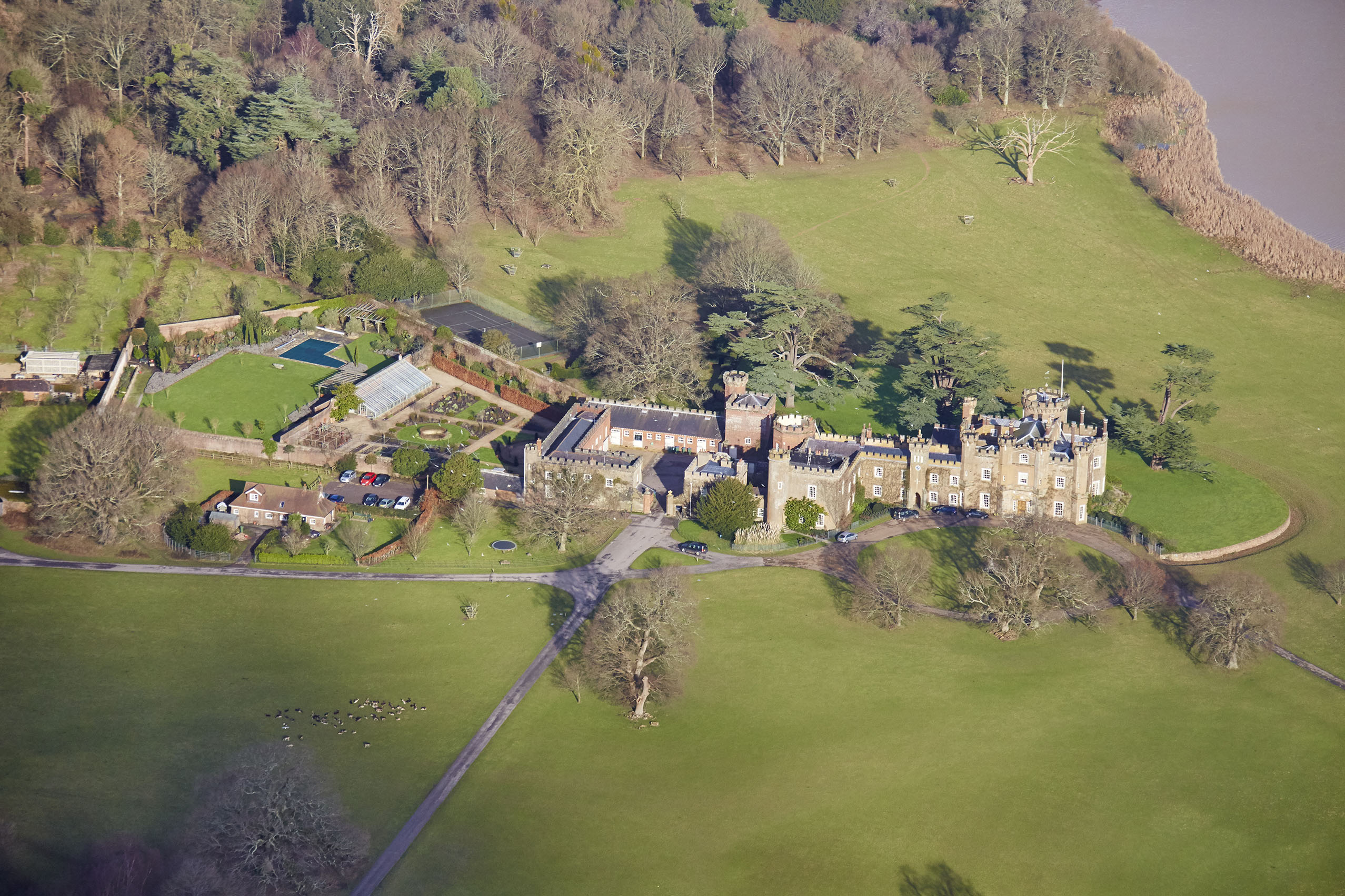
Isabella Tree on how rewilding took the Knepp Estate from a ruin in the red to a miracle of Nature
Isabella Tree tells the incredible tale of Britain's first rewilding project.
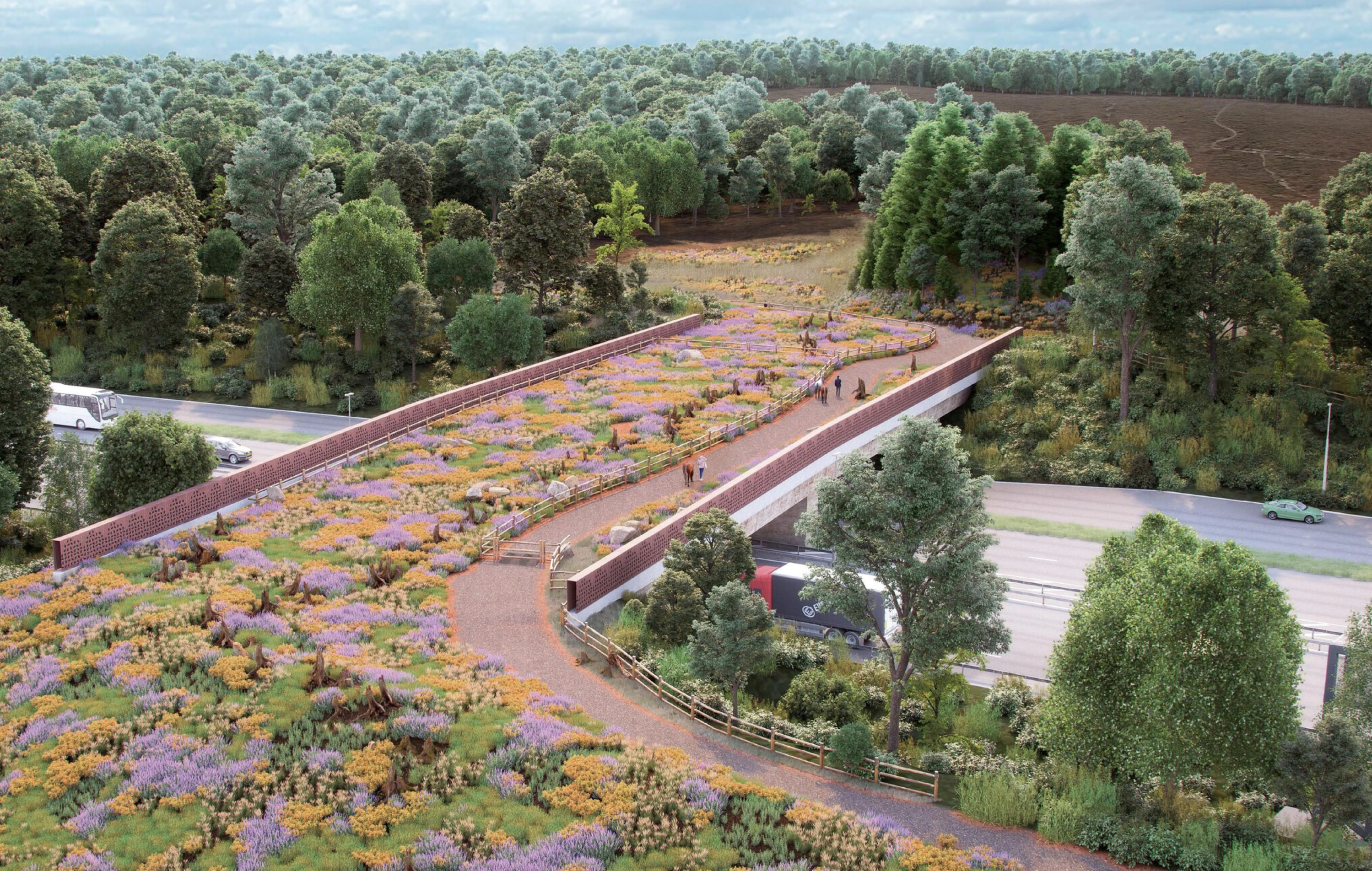
The M25 and A3 junction's 'wildlife bridge' shows the way forward for Man and Nature
We must ensure that the UK’s first ever heathland green bridge, straddling the A3 and a lifeline for diminishing wildlife,

Credit: Ashley Cooper via Getty Images
Minette Batters: The Peppering Project is a 'blueprint for delivering food and Nature security across the country in a way that rewilding on its own never will'
The ex-NFU president reflects on a recent visit to the pioneering nature-recovery project being undertaken by the Duke of Norfolk
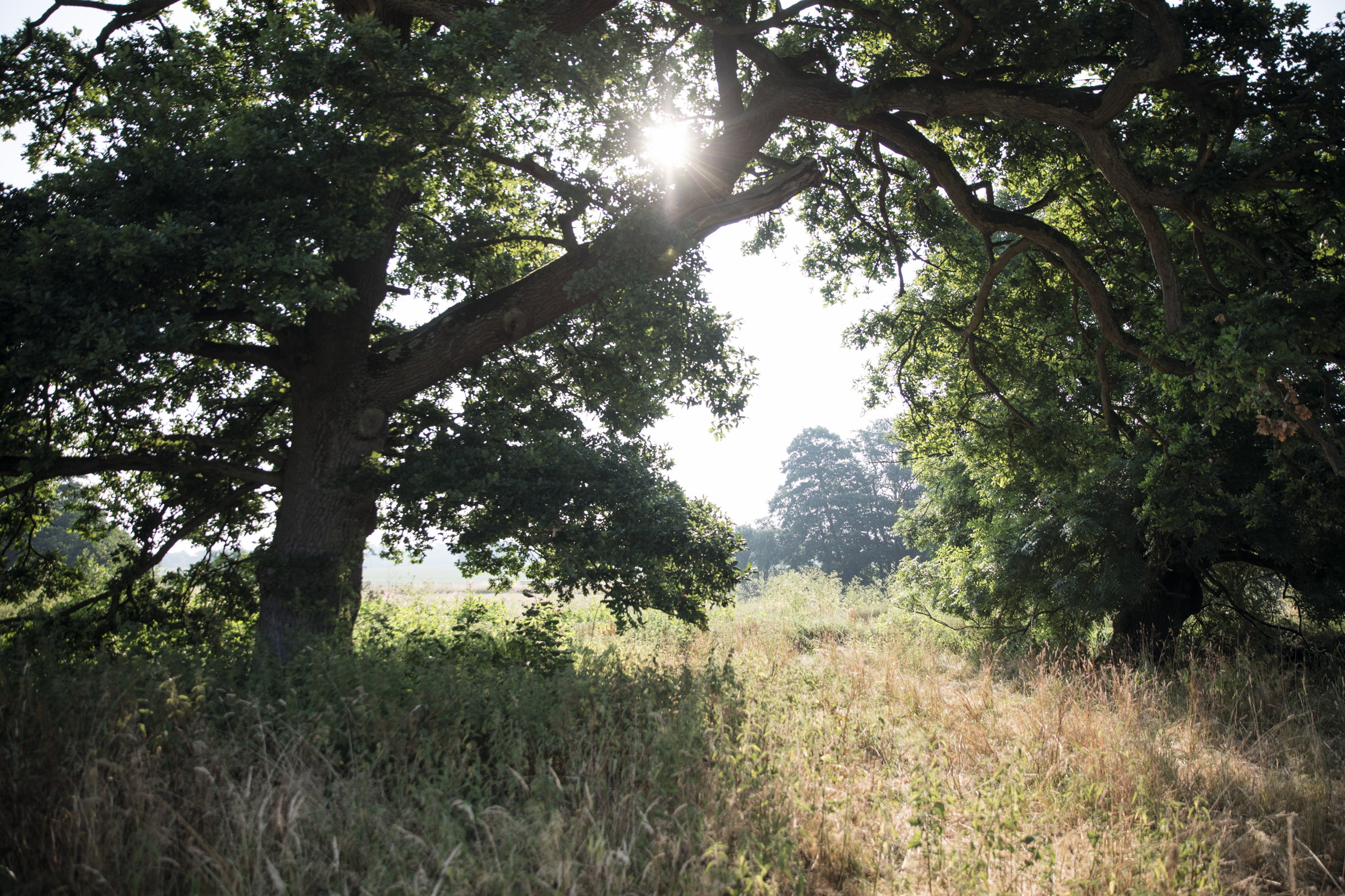
Credit: Helen Cathcart
Let the moon be your guide: How modern biodynamic farmers are using the tricks of the past
Biodynamic farmers aspire to generate their own fertility and plant, spray and harvest crops according to the lunar calendar. It
-
 Gill Meller's strawberry, lemon and elderflower meringue
Gill Meller's strawberry, lemon and elderflower meringueGill Meller's strawberry and elderflower meringue is basically summer on a plate.
-
 Tom Cruise's insane stunts, Back to the Future and a power-hungry turtle: Country Life Quiz of the Day, June 5, 2025
Tom Cruise's insane stunts, Back to the Future and a power-hungry turtle: Country Life Quiz of the Day, June 5, 2025Thursday's quiz asks what WAS Yurtle the Turtle really the king of? And other important questions.
-
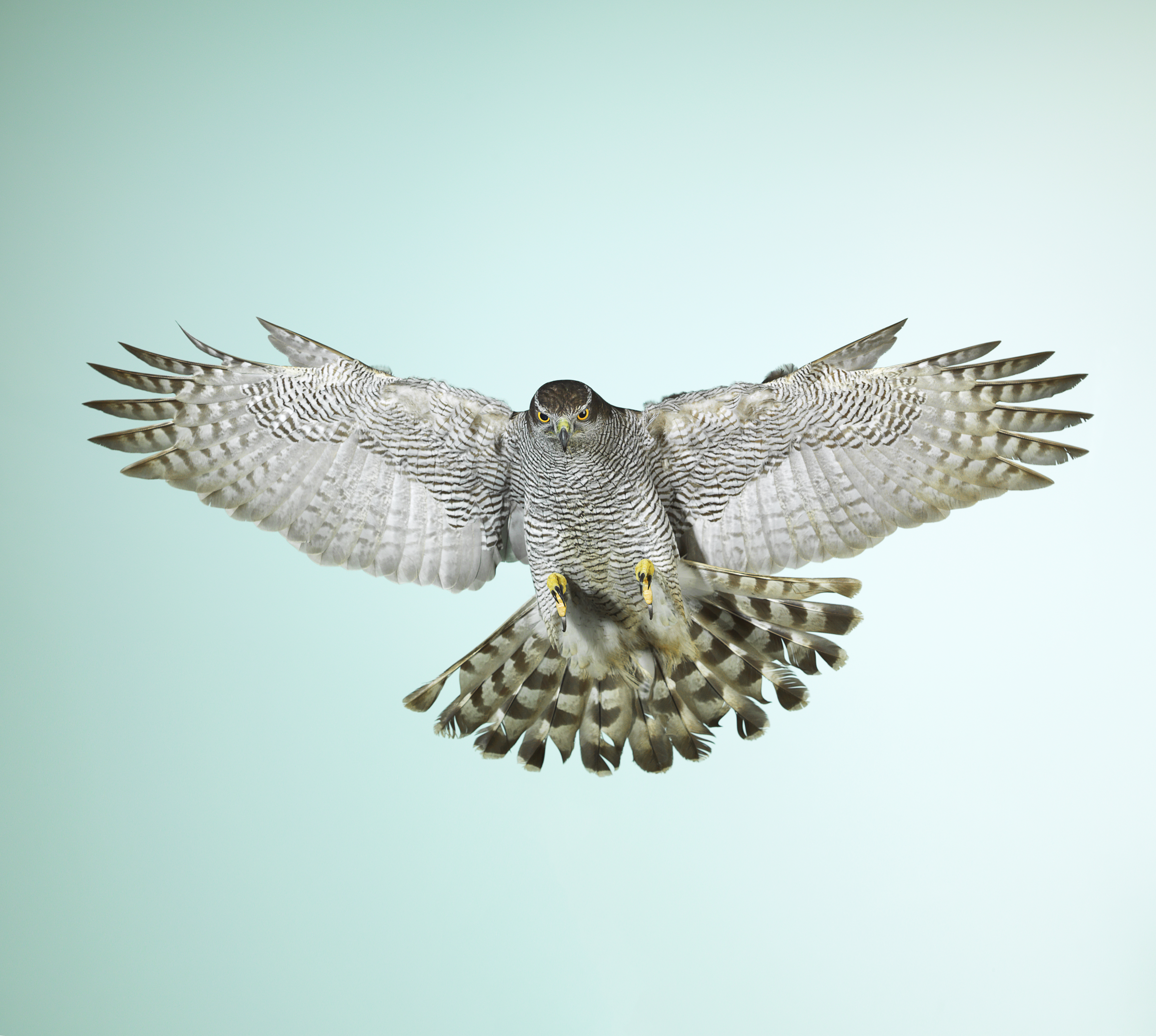 Goshawks: The birds of prey that came back from extinction
Goshawks: The birds of prey that came back from extinctionBy the late 19th century, the goshawk was indisputably extinct, but their recent restoration to the British isles makes it worth exploring their history. Expert naturalist Mark Cocker tells more about this fascinating bird of prey.
-
 'The biggest cavities are in the hearts and skulls of politicians': What hope for the swift?
'The biggest cavities are in the hearts and skulls of politicians': What hope for the swift?Ahead of World Swift Day and Swift Awareness Week, Octavia Pollock ponders the decision not to mandate the use of swift bricks
-
 'We need to make a case for more resources': What next for wild camping on Dartmoor
'We need to make a case for more resources': What next for wild camping on DartmoorJane Wheatley takes the temperature of the land after years of debate over public access to private spaces.
-
 From Scotland to Greenland, Earth Photo 2025's shortlisted works showcase our amazing planet
From Scotland to Greenland, Earth Photo 2025's shortlisted works showcase our amazing planetThe 203 photographs and films will tour more than 20 Forestry England sites, National Trust properties and other historic houses from next month until spring 2026.
-
 Gwithian Towans: A golden sand beach that stretches along the eastern curve of St Ives Bay
Gwithian Towans: A golden sand beach that stretches along the eastern curve of St Ives BayNear the north-eastern extremity of the bay, Gwithian Towans in Cornwall abuts the cove of Godrevy — said to have inspired Virginia Woolf’s To The Lighthouse.
-
 Nanjizal Beach lets you experience a very different Cornwall to headline-hogging Land's End
Nanjizal Beach lets you experience a very different Cornwall to headline-hogging Land's EndThe beach — which is also known as Mill Bay — sits about half an hour’s walk south of Land’s End, though the two couldn't be more different.
-
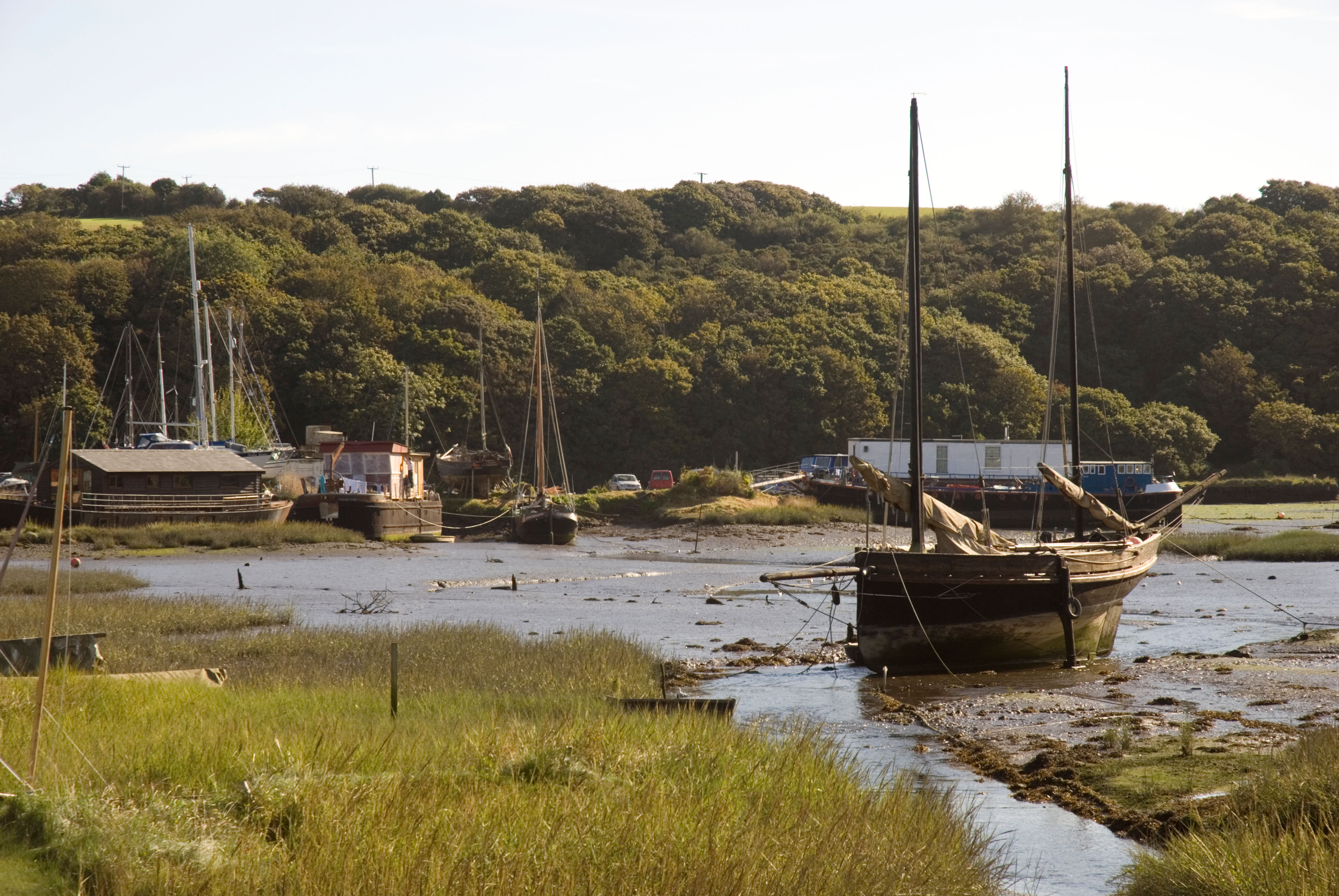 Mawgan Creek: The unspoilt antidote to some of Cornwall's busier corners
Mawgan Creek: The unspoilt antidote to some of Cornwall's busier cornersThe creek feeds into the Helford river and is a short distance from Frenchman’s Creek, known best because of Daphne du Maurier’s 1941 novel of the same name.
-
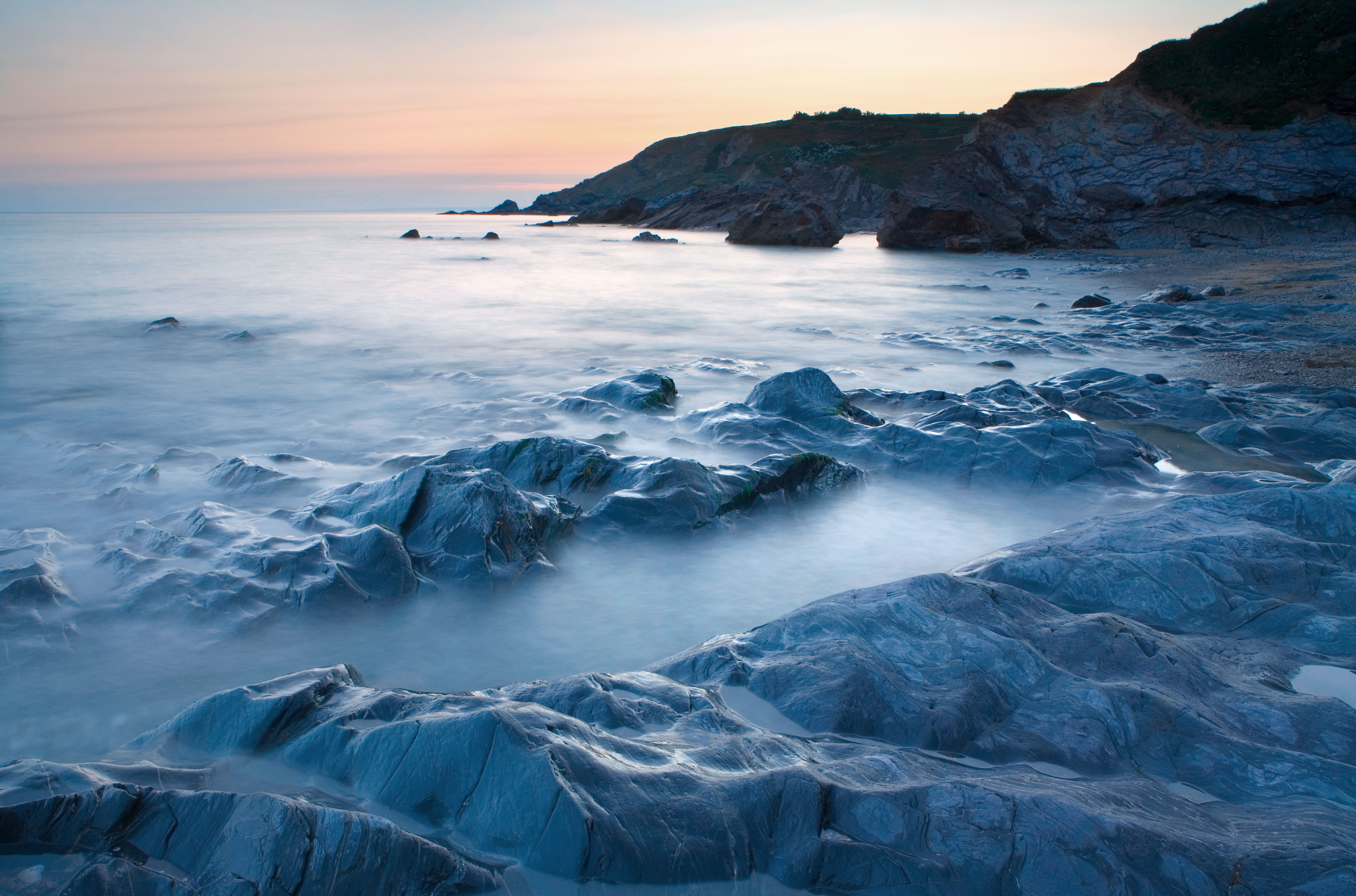 Dollar Cove's name gets it all wrong — it's a Cornwall beach that's worth a million
Dollar Cove's name gets it all wrong — it's a Cornwall beach that's worth a millionBen Lerwill takes a look at the West Country beach which has a rich history.